Disclosure: This article contains affiliate links. We may earn a commission from purchases at no extra cost to you, which helps our travel content.
There's something wildly satisfying about tracing the geological continuity from the Alps to the Arctic—like connecting distant cousins at a family reunion. Last summer, I traded my snowboard for hiking boots and embarked on a two-week cultural expedition from Austria's highest peak region to Norway's dramatic fjordlands. What I discovered was far more than just rocks and landscapes (though those were spectacular); I found cultural threads connecting mountain people across Europe that left my sketchbook bursting and my geological-loving heart full.
Grossglockner: Where Geology Meets Austrian Soul
The Grossglockner High Alpine Road isn't just a feat of engineering; it's a 48-kilometer journey through ecological zones that would normally take days to traverse on foot. As someone who's sketched volcanic formations across three continents, I thought I was prepared—I wasn't.
The road winds through 36 hairpin turns, each revealing layers of geological history that had me pulling over approximately every seven minutes to frantically sketch another formation. Pro tip: budget twice the drive time you think you need if you're a geology nerd like me.
What struck me most wasn't just the 3,798-meter Grossglockner peak itself, but how the local Austrians have developed a culture around these mountains. At the traditional mountain huts (called Almhütten), I discovered generations of families who've perfected alpine cheese-making techniques that haven't changed in centuries. The Brettljause (traditional wooden board with local meats and cheeses) at Edelweisshütte became my daily ritual, paired with their house-made schnapps that locals swear helps with altitude adjustment (science is still out on this, but I wasn't arguing).
The unexpected highlight was joining a local Alpine folk music evening where I learned to play the wooden spoons alongside multigenerational families who've been performing these songs for centuries. My attempts were hilariously bad, but the universal language of music (and schnapps) bridged any cultural gaps.
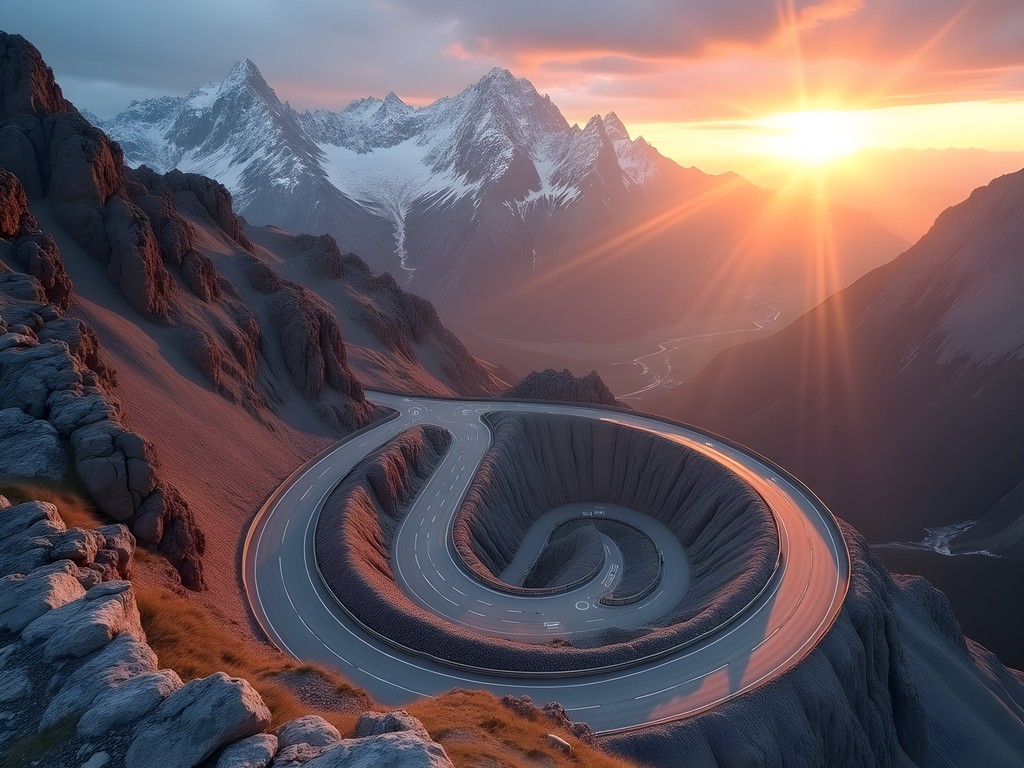
💡 Pro Tips
- Book accommodations along the Grossglockner High Alpine Road at least 3 months in advance for summer visits
- Purchase the Grossglockner pass online to save time and about 10% on the entrance fee
- Visit the Pasterze Glacier early morning before clouds roll in for the clearest views
Cultural Crossroads at Kaiser-Franz-Josefs-Höhe
The observation deck at Kaiser-Franz-Josefs-Höhe isn't just a viewpoint—it's where Austria's mountaineering history comes alive. Standing at 2,369 meters with the Pasterze Glacier sprawled below me, I spent hours chatting with Anton, a 72-year-old former mountain guide whose grandfather helped build parts of the original road.
The visitor center houses an unexpectedly fascinating exhibition on the changing glacier landscape. As someone who's documented receding ice formations across the globe, I appreciated their honest approach to climate change impacts—complete with comparative photography dating back to the 1800s. I spent hours sketching the glacier's current formation compared to historical images, a sobering exercise that Anton watched with quiet understanding.
When exploring this region, proper footwear is non-negotiable. My hiking boots saved me countless times on the slippery glacier-adjacent trails. The unexpected temperature fluctuations also made my merino wool base layer the MVP of my wardrobe—I could go from sweating on sun-exposed trails to standing in glacier-chilled winds without changing clothes.
Don't miss the traditional Glocknerwirt restaurant where the apple strudel recipe has remained unchanged for four generations. When I mentioned my Indonesian heritage to the owner, she insisted I try their ginger-infused variation—a surprising cultural fusion that somehow worked perfectly.
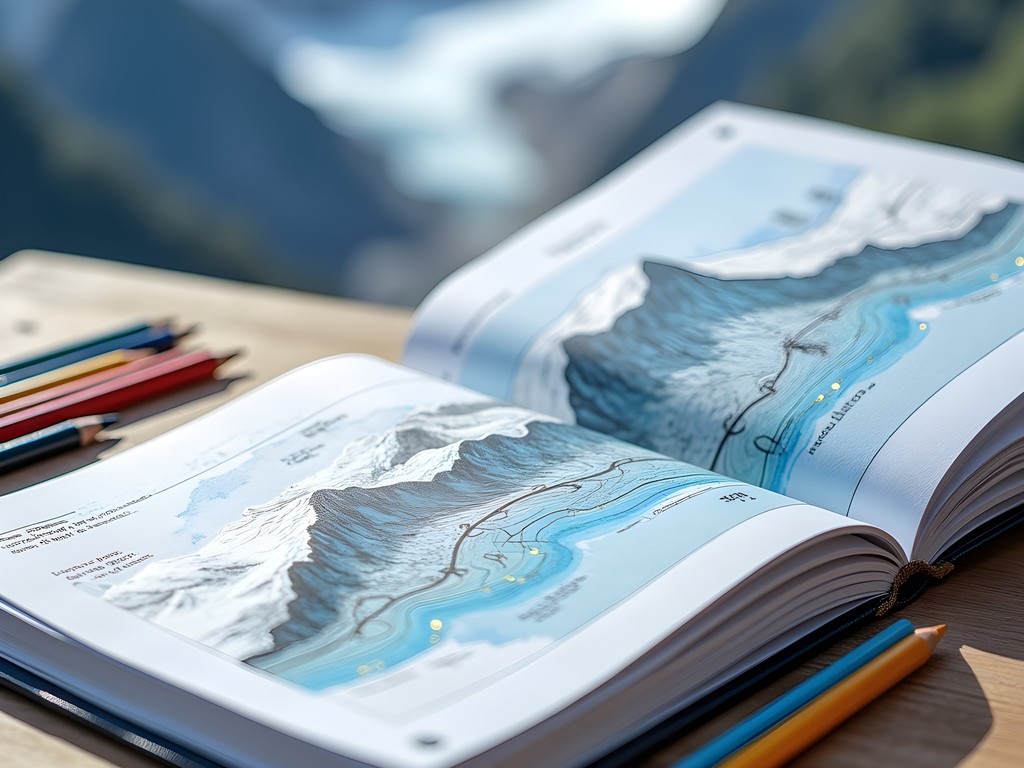
💡 Pro Tips
- Visit the glacier markers to physically see how much ice has receded over decades
- Bring a sketchbook or journal—the changing light on the glacier throughout the day is worth documenting
- Pack microspikes if hiking beyond the main viewing platforms in early summer when ice patches remain
Bergen: Where Mountains Meet the Sea
After a quick flight from Vienna to Bergen (with a layover in Oslo that involved me frantically sketching the airport's surprisingly gorgeous stone floor patterns), I found myself in Norway's gateway to the fjords. The geological contrast was immediate—from the jagged, relatively young Alpine formations to the ancient, glacier-carved Norwegian landscapes.
Bergen's UNESCO-listed Bryggen wharf district tells the story of how maritime culture shaped this mountain-ringed city. The leaning wooden buildings in impossible colors made me burn through an entire set of watercolor pencils trying to capture their charm. When it inevitably started raining (Bergen averages 231 rainy days annually—I checked), I discovered the waterproof magic of my travel sketchbook which handled the drizzle like a champ.
The fish market became my daily breakfast spot, where I'd practice my embarrassingly bad Norwegian with Gunnar, a third-generation fishmonger who found my Australian accent hilarious. He introduced me to brunost (brown cheese) which tastes like caramelized goat cheese and quickly became my hiking fuel for fjord adventures.
The funicular to Mount Fløyen offers the classic Bergen panorama, but the real magic happens when you continue hiking beyond where most tourists turn back. The network of trails connects to local neighborhoods where I stumbled upon garden concerts and community gatherings that weren't in any guidebook.

💡 Pro Tips
- Buy the Bergen Card for free public transport and museum access if staying 3+ days
- Always carry rain gear—Bergen's weather can change completely in 15 minutes
- Visit the fish market early (before 9am) to see the actual fishing boats arrive with the day's catch
Fjord Culture: Connecting with Norway's Maritime Soul
No visit to Bergen is complete without exploring the surrounding fjords, where Norway's geological and cultural identity truly converges. I opted for a day trip to Flåm via the Bergen Railway and Flåmsbana—often called the world's most beautiful train journey. As someone who's sketched landscapes across continents, I can confirm: the hype is real.
The train descends 866 meters through 20 tunnels with views that had me frantically switching between my sketchbook and camera. Pro tip: sit on the right side when heading from Bergen to Flåm for the best views.
In Flåm, I joined a sustainable fjord safari using a dry bag to protect my sketching gear—absolutely essential when you're on a RIB boat spraying through the Aurlandsfjord. Our guide Astrid, a marine biologist turned tourism operator, explained how the fjord communities have evolved from isolated fishing villages to finding balance between tourism and traditional ways of life.
The highlight was visiting a small goat farm perched impossibly on a fjord-side slope, where I tried my hand at making traditional brown cheese with the farmer's grandmother. My attempt was laughably bad, but she insisted on sending me away with a wedge of the properly-made version, wrapped in paper with hand-drawn instructions for serving.
For those prone to seasickness like me, I found these motion sickness bands surprisingly effective during the choppier sections of the fjord cruise. They use acupressure points rather than medication, which meant I could still sketch without feeling drowsy.
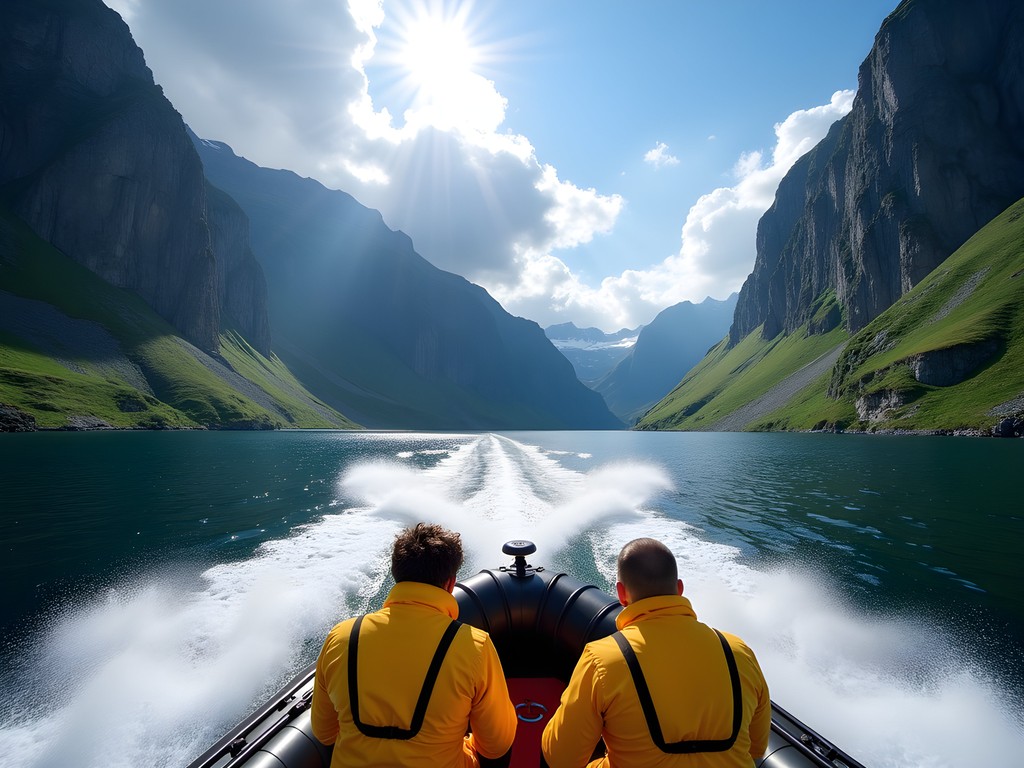
💡 Pro Tips
- Book the Norway in a Nutshell tour in advance but consider doing it independently for more flexibility at each stop
- The Flåmsbana train has free WiFi, but you'll want to ignore it and focus on the fleeting views
- Bring a thermos of coffee for early departures—Norwegian coffee culture is serious business and you'll want to participate
Connecting Alpine and Arctic: Cultural Threads
The most fascinating aspect of this journey was discovering the cultural parallels between these geographically distant mountain communities. Both regions have developed similar approaches to sustainable living in harsh environments, despite being separated by thousands of kilometers.
In both Austria and Norway, I found traditional woodworking techniques that have barely changed in centuries. The intricate carved detailing on everything from roof gables to butter knives reflects similar motifs—protection symbols, natural elements, and geometric patterns that tell stories of harsh winters and brief, precious summers.
Food preservation techniques show remarkable similarities too. Both cultures have mastered smoking, curing, and fermenting—necessary skills for winter survival before refrigeration. I participated in a traditional food preservation workshop in Bergen where the instructor had actually studied Alpine techniques in Austria, creating a fusion approach that honored both traditions.
To document these connections, I invested in a polaroid camera halfway through my trip. There's something magical about instantly sharing physical photos with the people you meet—especially older craftspeople who aren't interested in exchanging Instagram handles. The tangible photos became conversation pieces and often prompted stories about traditional crafts and customs that wouldn't have emerged otherwise.
The musical traditions also share surprising connections. At a small pub in Bergen, I witnessed a jam session between visiting Austrian folk musicians and local Norwegian players. Despite not speaking each other's languages, they found common ground in similar rhythmic structures and even some melodic patterns that hinted at ancient shared origins.
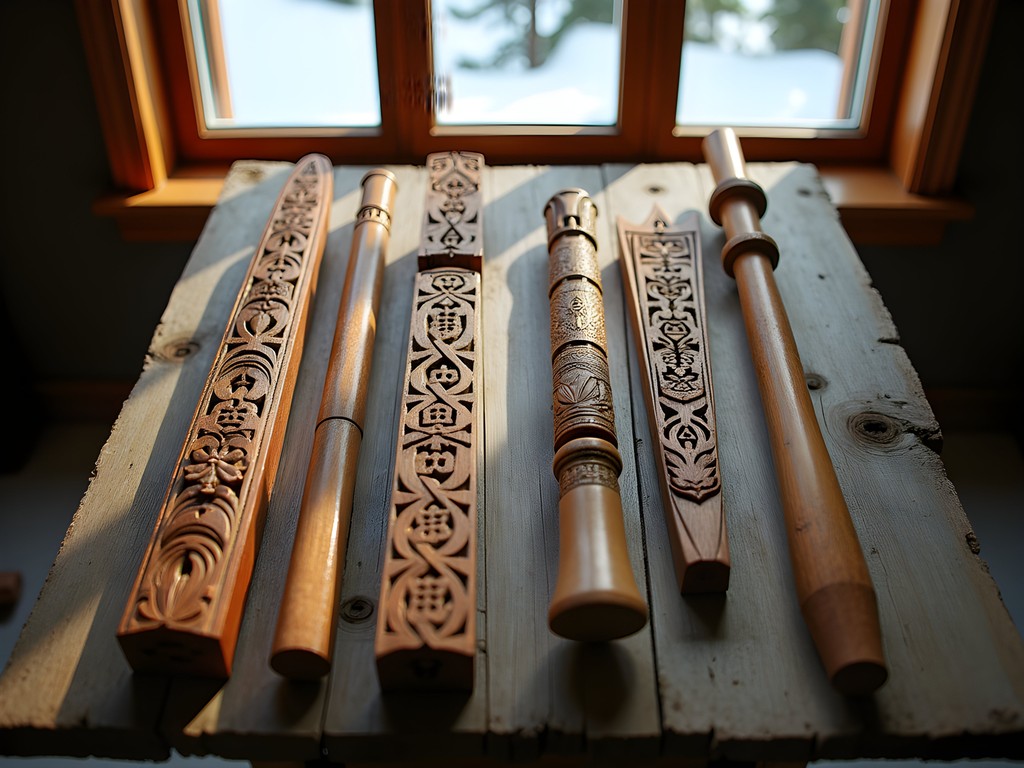
💡 Pro Tips
- Look for folk music performances in both regions—they're often advertised only locally but welcome visitors
- Visit local craft workshops rather than just gift shops to see traditional techniques in action
- Learn 5-10 basic phrases in both German and Norwegian—locals genuinely appreciate the effort even if they speak English
Final Thoughts
As I flew back to Anaheim with a sketchbook full of geological formations, pockets full of polaroids, and a suitcase suspiciously heavier with Norwegian brown cheese and Austrian schnapps, I couldn't help reflecting on how mountains shape people in similar ways across cultures. Whether in the relatively young Alps or the ancient Norwegian fjords, humans have developed parallel solutions to similar challenges—creating cultural threads that connect these seemingly distant regions.
This two-week journey barely scratched the surface of what Austria's Grossglockner region and Norway's Bergen have to offer. I missed the Krimml Waterfalls in Austria and didn't make it to the Hardangerfjord from Bergen—both now firmly on my return-trip list. The geological stories written in these landscapes deserve multiple readings, and the cultural connections between mountain communities continue to evolve while honoring ancient traditions.
If you're considering this Alpine-to-Arctic journey, I'd recommend starting in Norway and ending in Austria (reverse of my route) to follow the geological timeline from ancient to younger formations. And perhaps most importantly: bring an empty sketchbook, an open mind, and a willingness to accept that sometimes the best cultural insights come when your carefully planned itinerary gets derailed by a spontaneous invitation to a local celebration. The mountains have been there for millions of years—they're not going anywhere if you decide to linger a little longer over schnapps with new friends.
✨ Key Takeaways
- Both regions offer fascinating geological stories that complement each other—from ancient fjords to younger Alpine formations
- Local cultural experiences (music nights, craft workshops, food tastings) provide deeper connections than standard tourist activities
- Learning basic phrases in both German and Norwegian opens doors to authentic interactions
- Building flexibility into your itinerary allows for spontaneous cultural opportunities
- The similarities between distant mountain cultures reveal how geography shapes human adaptation and creativity
📋 Practical Information
Best Time to Visit
June to August for both regions (Grossglockner High Alpine Road is typically open May-October)
Budget Estimate
$2,500-3,500 USD per person for 2 weeks (excluding flights)
Recommended Duration
Minimum 5 days in each region, ideally 14 days total
Difficulty Level
Moderate - Requires Some Hiking And Elevation Changes

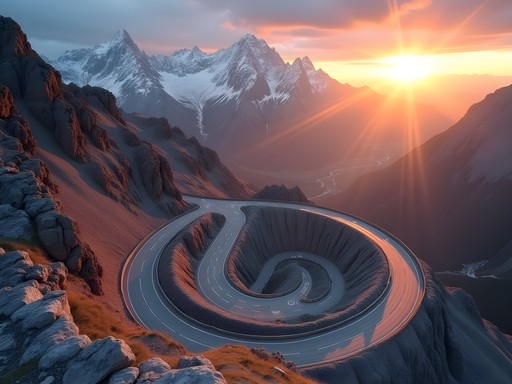
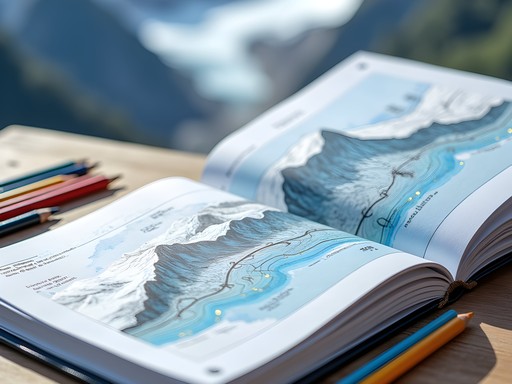
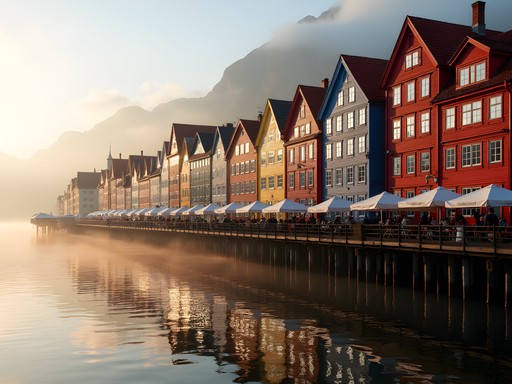

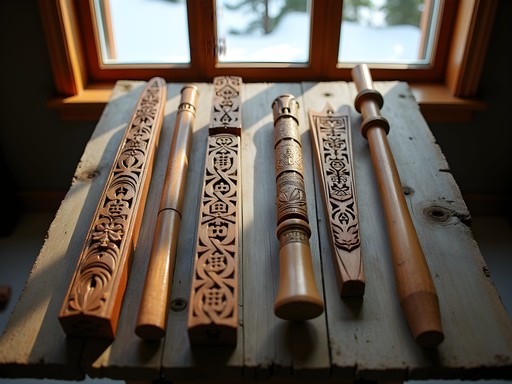








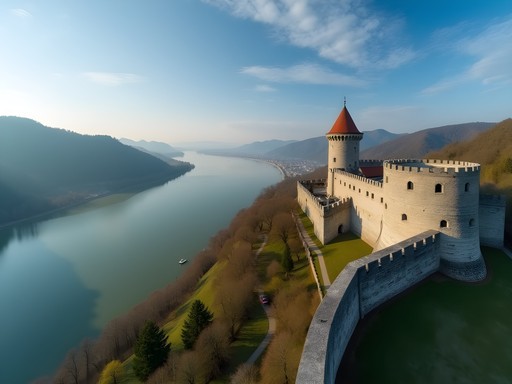
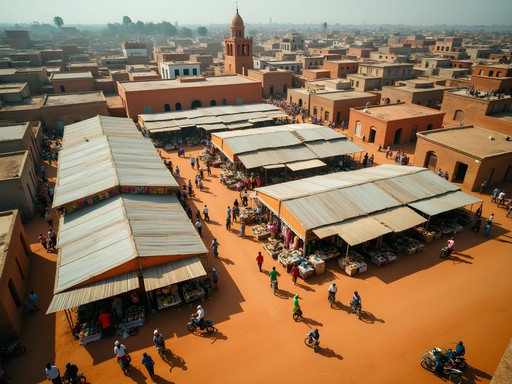
Comments
hikingseeker
What hiking boots did you use for the Alpine trails? Planning a similar trip and need reliable footwear recommendations!
Rachel Snyder
I used my waterproof hikers and they were perfect for both regions - supportive enough for the Alpine terrain but comfortable for long days exploring the fjords too!
George Hayes
Rachel, your comparison between the two regions is brilliant! We did a similar journey last year but with our kids (ages 7 and 9). The Grossglockner High Alpine Road was actually super family-friendly - the kids loved the marmot exhibits and the glacier view at Kaiser-Franz-Josefs-Höhe kept them engaged for hours. In Norway, we added the Norway in a Nutshell route which complemented the fjord experience perfectly. One tip for families: the Bergen Fish Market was a huge hit with our picky eaters - they tried salmon they'd never touch at home! Did you make it to Flåm Railway while in Norway?
Rachel Snyder
Thanks George! Yes, did the Flåm Railway - absolutely magical! So cool to hear your kids enjoyed the trip too. I was surprised by how family-friendly both regions were despite the dramatic landscapes.
coolnomad
Those fjord pics are stunning! Saving this for future travel inspo.
vacationqueen5616
Been to both places. Spot on about the cultural differences! Norwegians definitely more reserved but so genuine once you connect.
vacationseeker
Wow Rachel, this post is EXACTLY what I needed! Planning a Euro trip next summer and now definitely adding Grossglockner to my list. Those mountain-to-fjord connections you made are fascinating - never thought about the geological continuity before! Did you rent a car for the Alpine section?
Rachel Snyder
Thanks! Yes, I rented a car for Grossglockner - it's really the best way to experience those hairpin turns and stop at all the viewpoints whenever you want. In Norway I mixed driving with some local ferries.
vacationseeker
Perfect, that's what I was thinking too. Can't wait to see those views in person!
wintermaster
Love this! We did the public transportation in Norway too and it was amazing. Those fjord views!
Hayden Butler
Rachel, your post brought back memories of my own journey through these regions last year! There's something magical about that geological continuity you mentioned. My favorite moment was sitting at a small café in Bergen, watching fishing boats return as the mountains loomed in the background - that perfect intersection of maritime and alpine influences. For anyone planning this trip, I found the shoulder seasons (late May or September) offered the perfect balance of decent weather and fewer tourists, especially on the popular Grossglockner High Alpine Road. The cultural museums in both regions are absolute gems - don't skip the folk museums!
Megan Martin
Rachel, your geological observations throughout this journey are fascinating. I've visited both regions separately for work, but never considered the continuity you've highlighted. The Kaiser-Franz-Josefs-Höhe viewpoint is indeed spectacular - I recommend visitors time their arrival for early morning when the tour buses haven't arrived yet. For those planning similar trips, the regional transportation passes in both countries are excellent investments. I used my hiking poles extensively in both regions and they were lifesavers on those steeper descents.
moonpro
Thanks for the early morning tip! Would you say 3 days is enough for the Grossglockner area?
Megan Martin
3 days is good if you're focused just on Grossglockner. Add 2 more if you want to explore nearby villages properly.
winterlife2206
Just got back from Norway myself but never made it to Bergen! Your description of the fjord culture makes me wish I'd extended my trip. The connection you made between Alpine and Arctic landscapes is something I never thought about but makes total sense. Did you find the Norwegian people as reserved as they say? I had mixed experiences.
starpro
Wow, those Grossglockner photos are incredible! Did you need special gear for those hikes?
Rachel Snyder
Thanks starpro! Just good hiking boots and layers. The weather changes fast up there!
starpro
Good to know, thanks! Adding this to my list for next summer.
Venture X
Premium card with 2X miles, $300 travel credit, Priority Pass